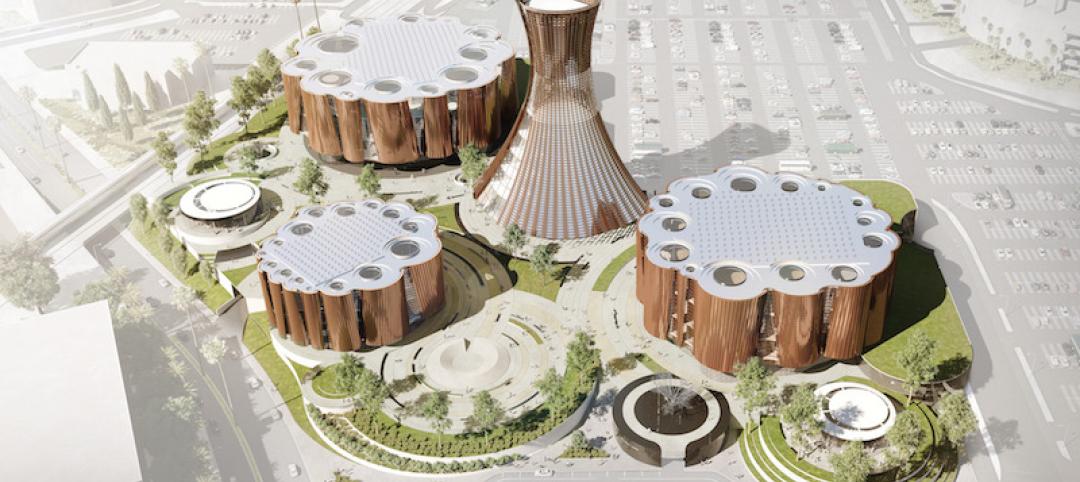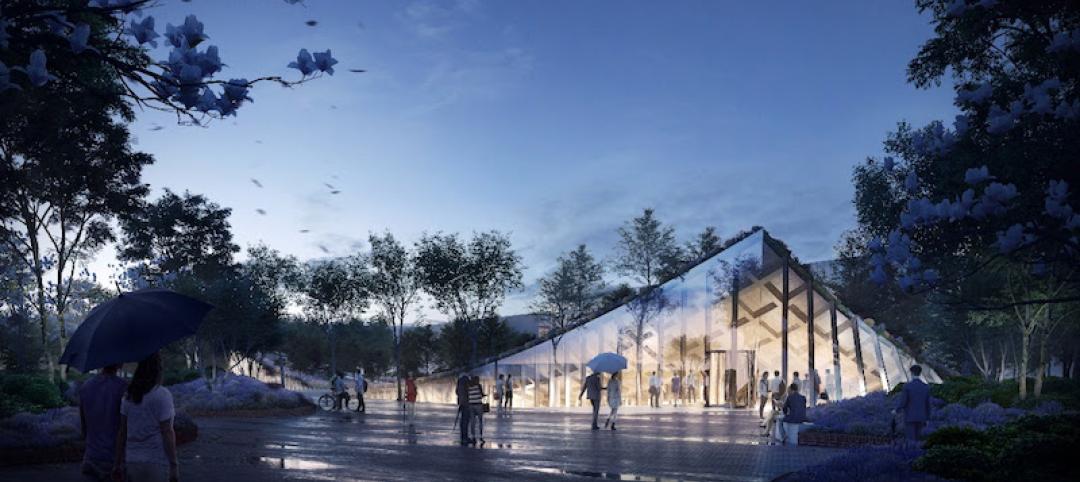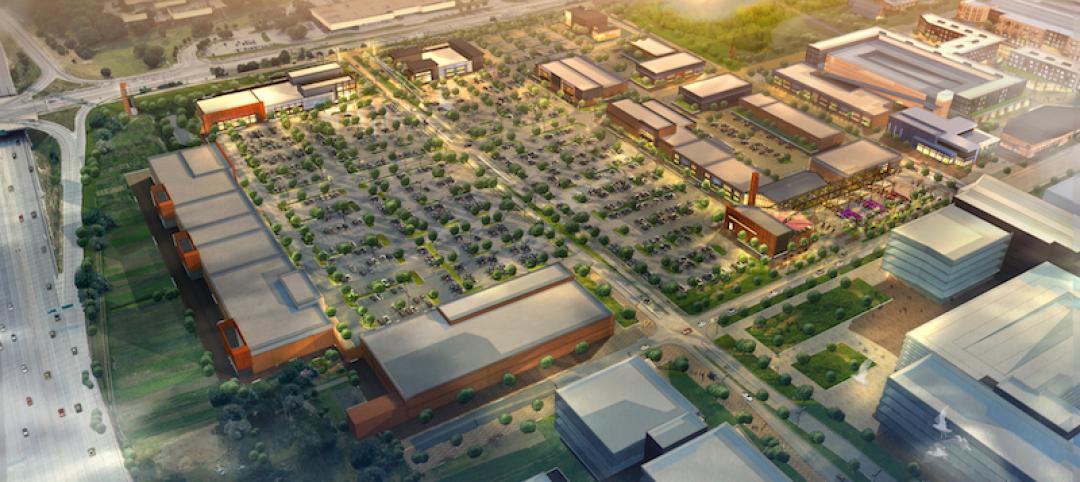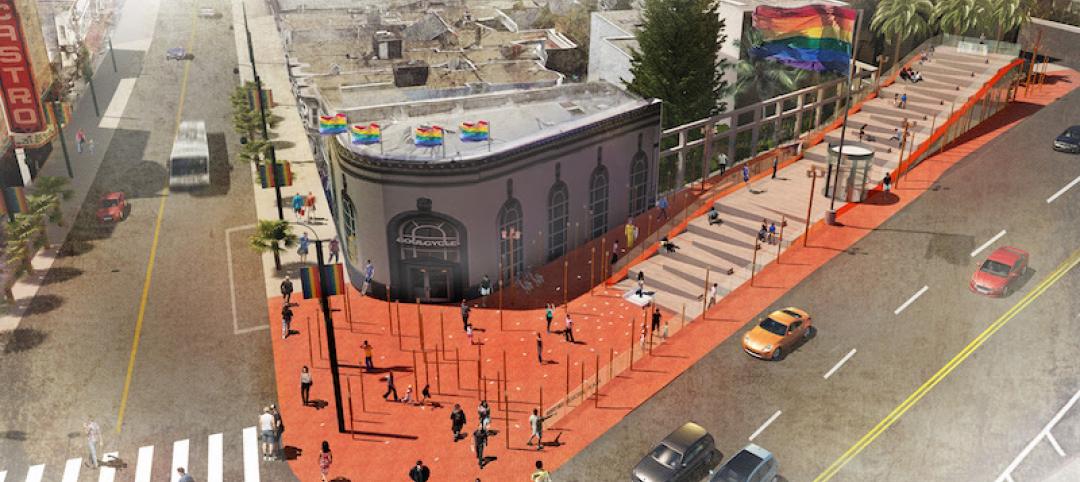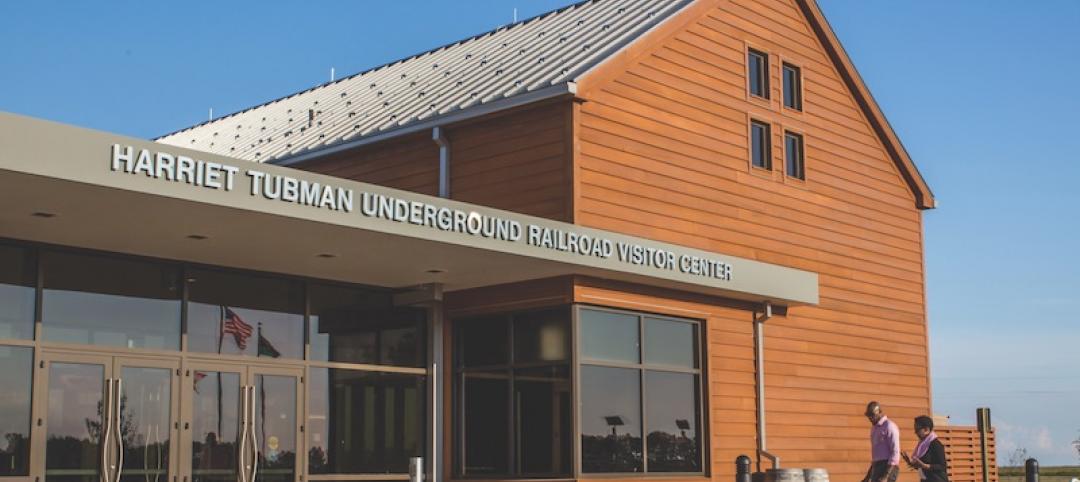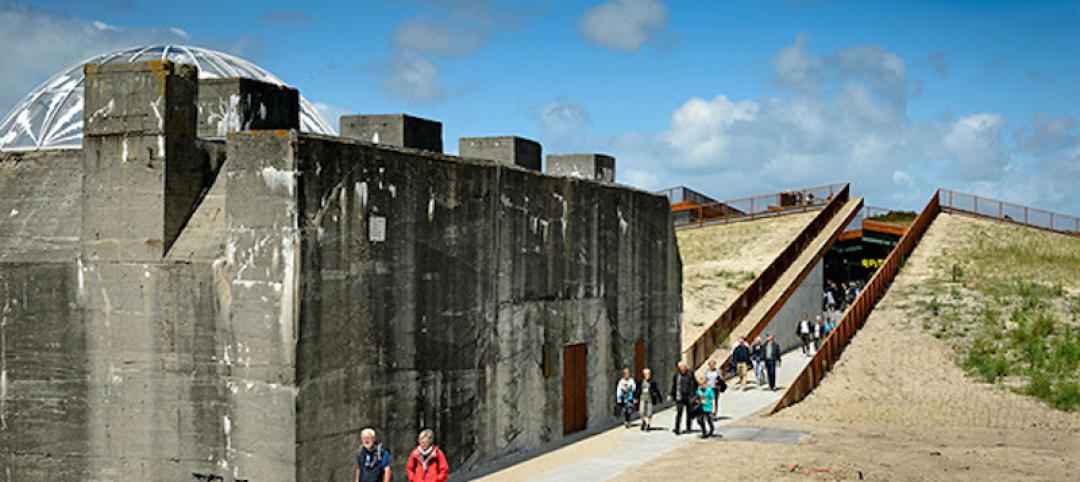 |
|
Memorial Hall’s famed 60-foot dome and granite façade were restored as part of an $88 million adaptive-reuse project for the Please Touch Museum. |
Built in 1875 to serve as the art gallery for the Centennial International Exhibition in Fairmount Park, Memorial Hall stands as one of the great civic structures in Philadelphia. The neoclassical building, designed by Fairmount Park Commission engineer Hermann J. Schwarzmann, was one of the first buildings in America to be designed according to the principles of the Beaux Arts movement. Its signature design, highlighted by an iron-and-glass dome adorned with a 23-foot-tall statue of Columbia, has been emulated by architects across the globe, including those of the Art Institute of Chicago, the Milwaukee Public Museum, the Brooklyn Museum, and the Detroit Institute of Art.
Despite its celebrated past and prominence in the worldwide architecture community, by the 1950s years of delayed maintenance and neglect had left Memorial Hall in dire need of restoration. The situation was exacerbated by a revolving door of tenants that included an industrial arts school, an art museum, a recreation center, a sound recording studio, even a police station. In 2000, the building had to be closed to the public.
In 2002, Memorial Hall received a much-needed jolt when the Please Touch Museum finalized plans to relocate there. The $88 million restoration and adaptive-reuse project took nearly six years from concept through construction, which concluded with the grand opening on October 18, 2008. The project entailed a complete restoration of the exterior granite façade, the 60-foot dome, and all interior paint, plaster, and marble—as well as construction of an addition that houses the museum's cherished, hundred-year-old Woodside Park Dentzel Carousel.
The team cleverly adapted the existing spaces for the exhibits and museum functions. An indoor swimming pool added in 1962 presented the perfect location to “plant” a soaring artificial tree for the Alice's Adventures in Wonderland exhibit. A dark, decrepit maintenance tunnel in the rear of the building was converted into a bright, colorful entrance for large groups walking from the bus drop-off area.
The Reconstruction Awards judges praised the Building Team for saving an architectural masterpiece while also benefiting the community with a world-class children's museum.
“Philadelphia really needed this museum because there's really not a lot for the kids in that area to do,” said judge David P. Callan, PE, LEED AP, SVP with Environmental Systems Design, Chicago. — Dave Barista, Managing Editor
Related Stories
| May 24, 2018
Accelerate Live! talk: Security and the built environment: Insights from an embassy designer
In this 15-minute talk at BD+C’s Accelerate Live! conference (May 10, 2018, Chicago), embassy designer Tom Jacobs explores ways that provide the needed protection while keeping intact the representational and inspirational qualities of a design.
Cultural Facilities | Apr 16, 2018
Best in library design 2018: Six projects earn AIA/ALA library awards
Austin Central Library and the Tulsa City-County Central Library are among the top projects for 2018.
Performing Arts Centers | Feb 20, 2018
Citrus trees inspired the design of this half-billion-dollar performing arts center
SPF:architects designed the complex.
Cultural Facilities | Jan 23, 2018
BIG reveals revised Smithsonian Campus master plan
The original proposal was first unveiled in 2014.
Mixed-Use | Dec 12, 2017
A new live/work neighborhood is about to get under way in Omaha, Neb.
Walkability and recreation will be key features of West Farm.
Cultural Facilities | Nov 2, 2017
Perkins Eastman wins competition to redesign San Francisco’s Harvey Milk Plaza
The Friends of Harvey Milk Plaza unanimously selected the Perkins Eastman entry as the winner.
Museums | Oct 3, 2017
Denmark’s new LEGO experience hub looks like it’s made out of giant LEGO blocks
The 12,000-sm building is part of Billund, Denmark’s goal to become the ‘Capital for Children.’
Museums | Aug 15, 2017
Underground Railroad Visitor Center tells story of oppression, then freedom
The museum is conceived as a series of abstracted forms made up of two main structures, one administrative and one exhibit.
Cultural Facilities | Jul 13, 2017
A WWII bunker becomes a museum along Denmark’s coast
BIG’s design of this cultural center is the “antithesis” of the fortress.
Museums | Jul 5, 2017
Addition by subtraction: Art Share L.A. renovation strips away its acquired superfluity
The redesign of the 28,000-sf building is prioritizing flexibility, openness, and connectivity.



